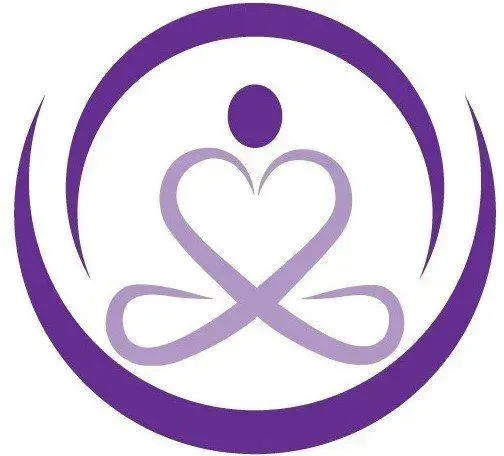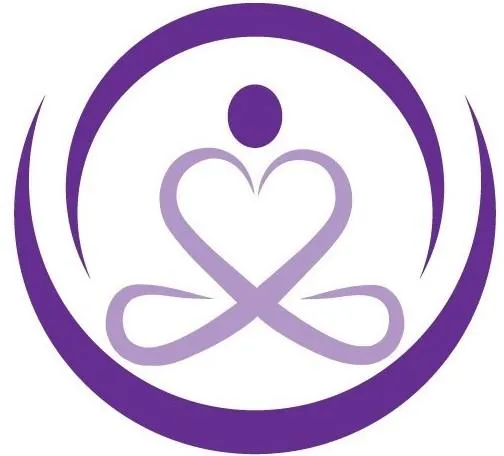Annette Bray
Free Your Body
Live & Love Empowered
3 critical Steps for you to release chronic pain and deeply reconnect with your authentic and empowered self

3 critical Steps for you to release chronic pain and deeply reconnect with your authentic and empowered self


A Client of Mine Asked Me...How Do I Move Forward?
Simply stated. Clear the blocks and embody authenticity. In my experience, physical and mental alignment helps you understand what is authentic for you. When you are not encumbered by the resistance in your body, you literally have space within you to experience more of what is genuinely true for you.

When My Feet Get Sore...
There can be a lot to unpack with this one. But, generally, my feet start to get sore when I wear flip-flops too much, exert myself far beyond my strength threshold and lose focus that prevents me from being present to my functional movement. Without the mobility and integrity of the hip and spine, the feet will carry imbalanced and undue pressure.

Why Does Trauma Get Stuck?
I've been asked this question along with why it presents in your body. Long story short.... When an offending event enables you to fight or run to get away from real or perceived danger, the likelihood of trauma getting stuck and creating reactive patterns diminishes significantly. When you are defenseless against the potential harm, you freeze and store that energy of

A Client of Mine Asked Me...How Do I Move Forward?
Simply stated. Clear the blocks and embody authenticity. In my experience, physical and mental alignment helps you understand what is authentic for you. When you are not encumbered by the resistance in your body, you literally have space within you to experience more of what is genuinely true for you.

When My Feet Get Sore...
There can be a lot to unpack with this one. But, generally, my feet start to get sore when I wear flip-flops too much, exert myself far beyond my strength threshold and lose focus that prevents me from being present to my functional movement. Without the mobility and integrity of the hip and spine, the feet will carry imbalanced and undue pressure.

Why Does Trauma Get Stuck?
I've been asked this question along with why it presents in your body. Long story short.... When an offending event enables you to fight or run to get away from real or perceived danger, the likelihood of trauma getting stuck and creating reactive patterns diminishes significantly. When you are defenseless against the potential harm, you freeze and store that energy of

